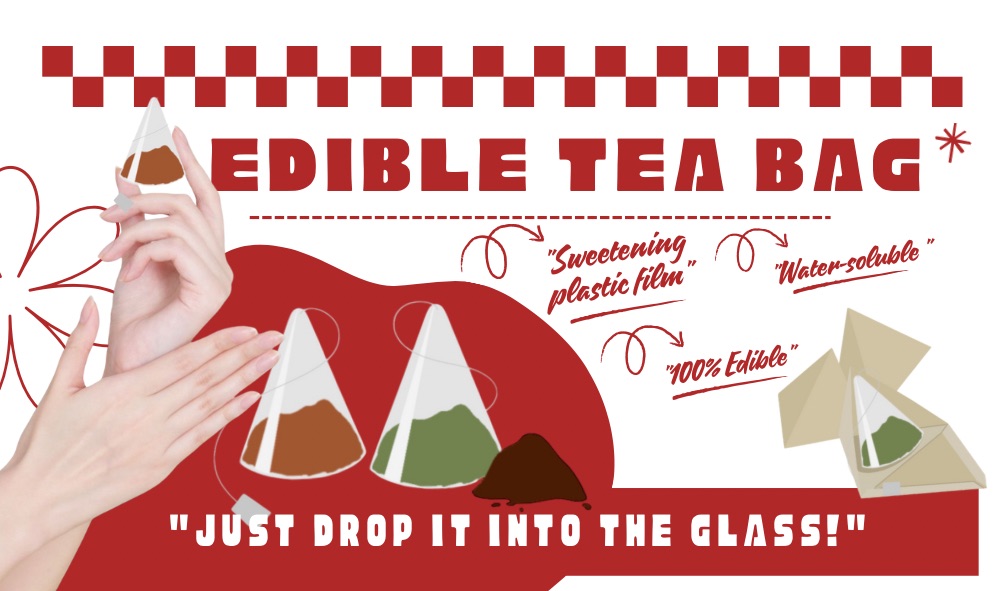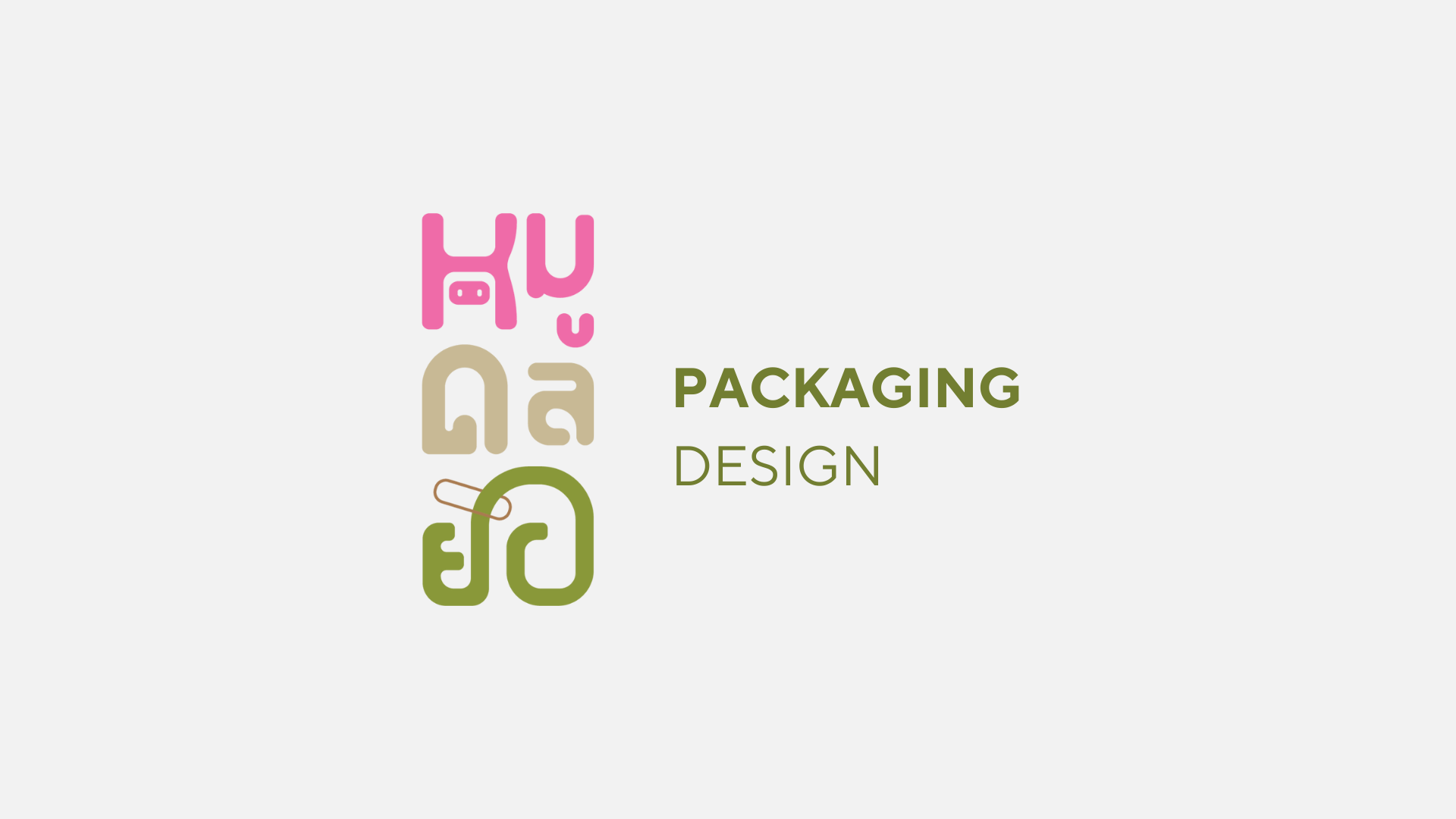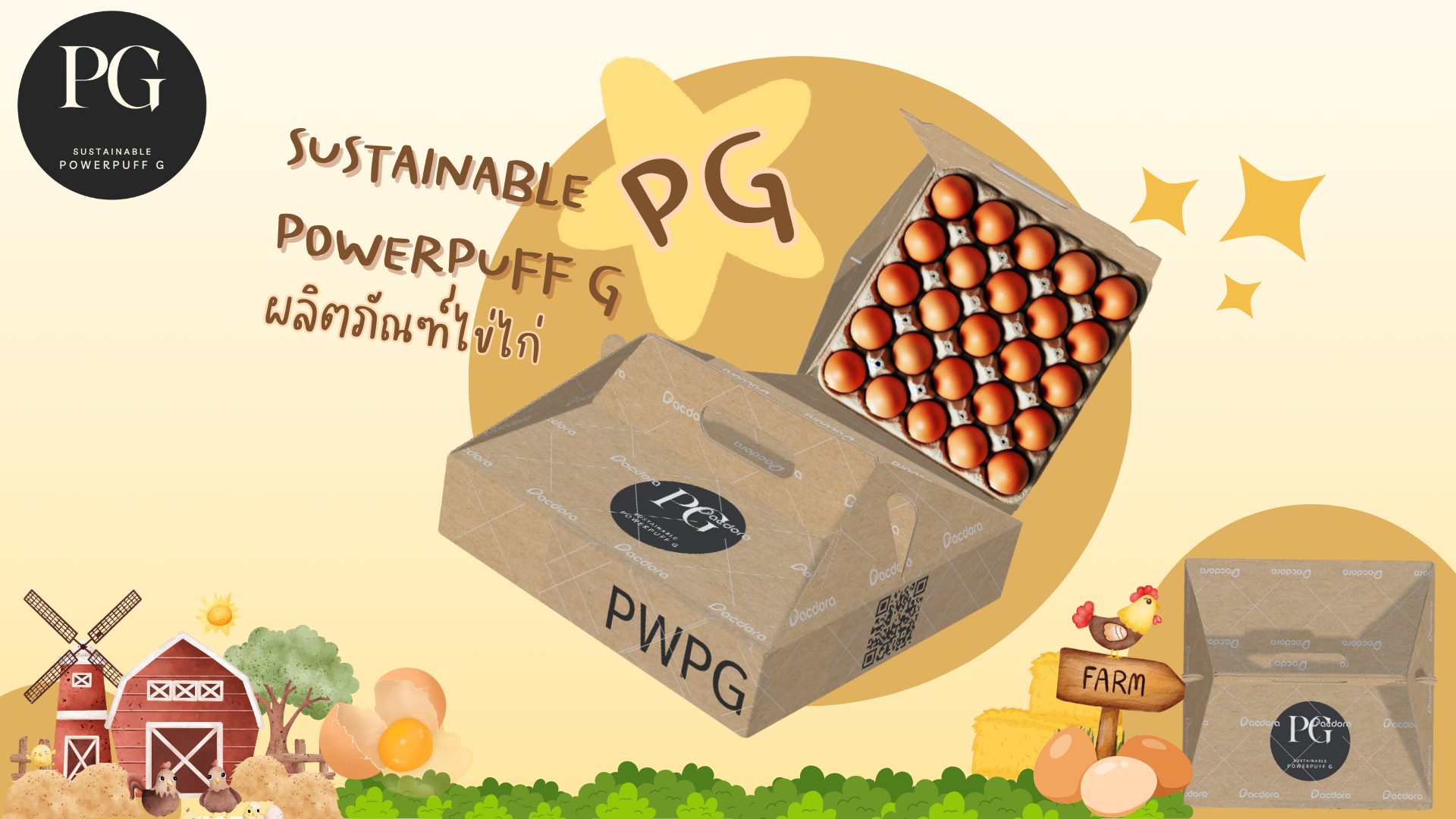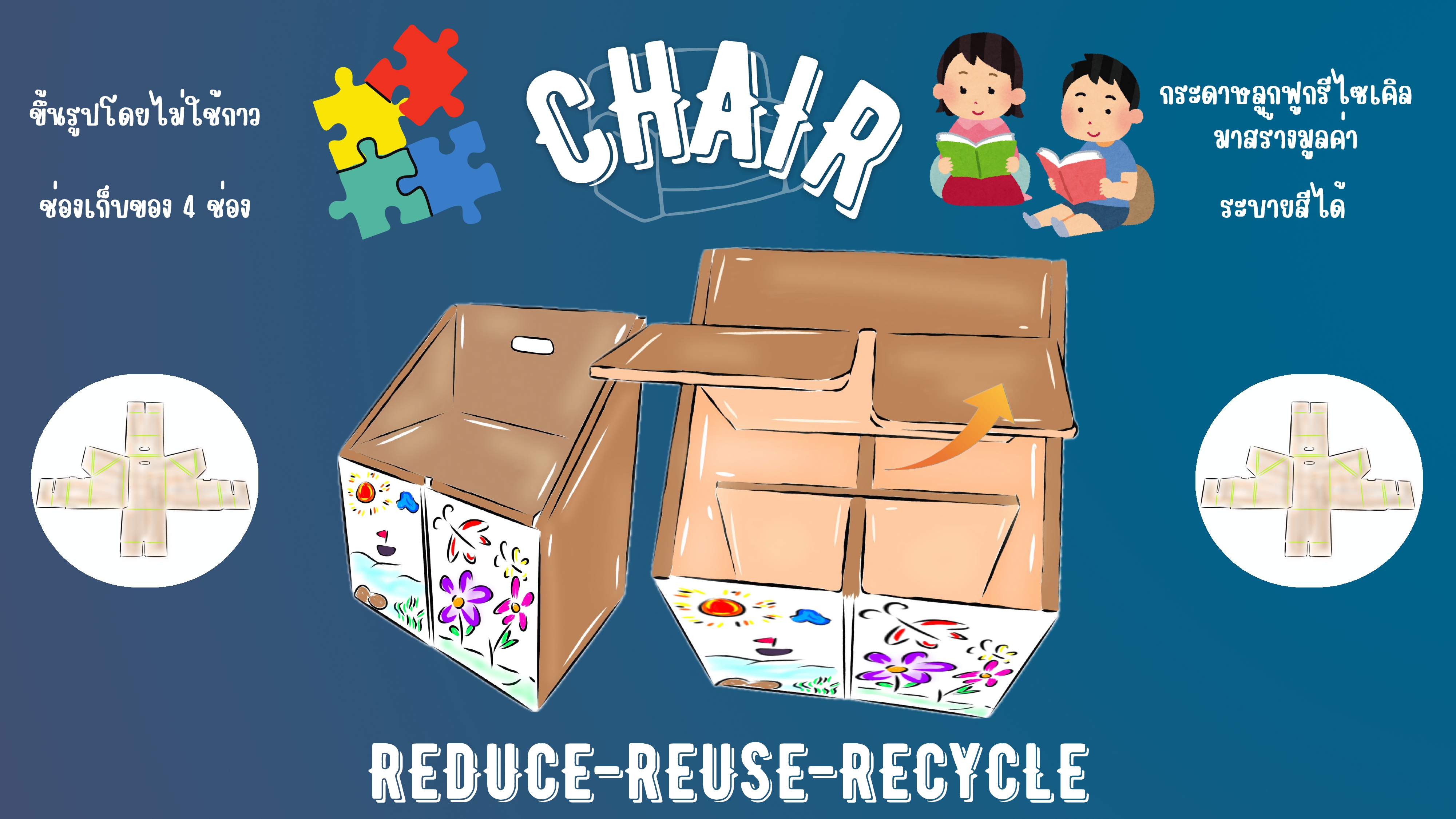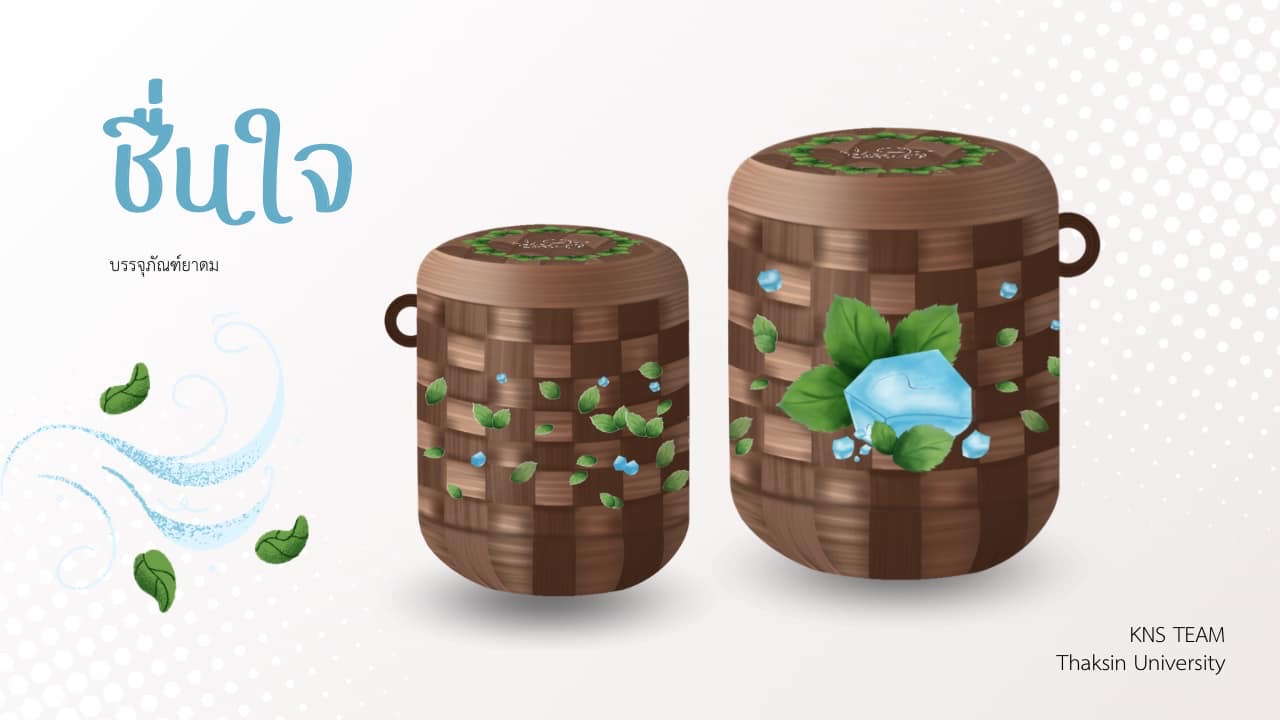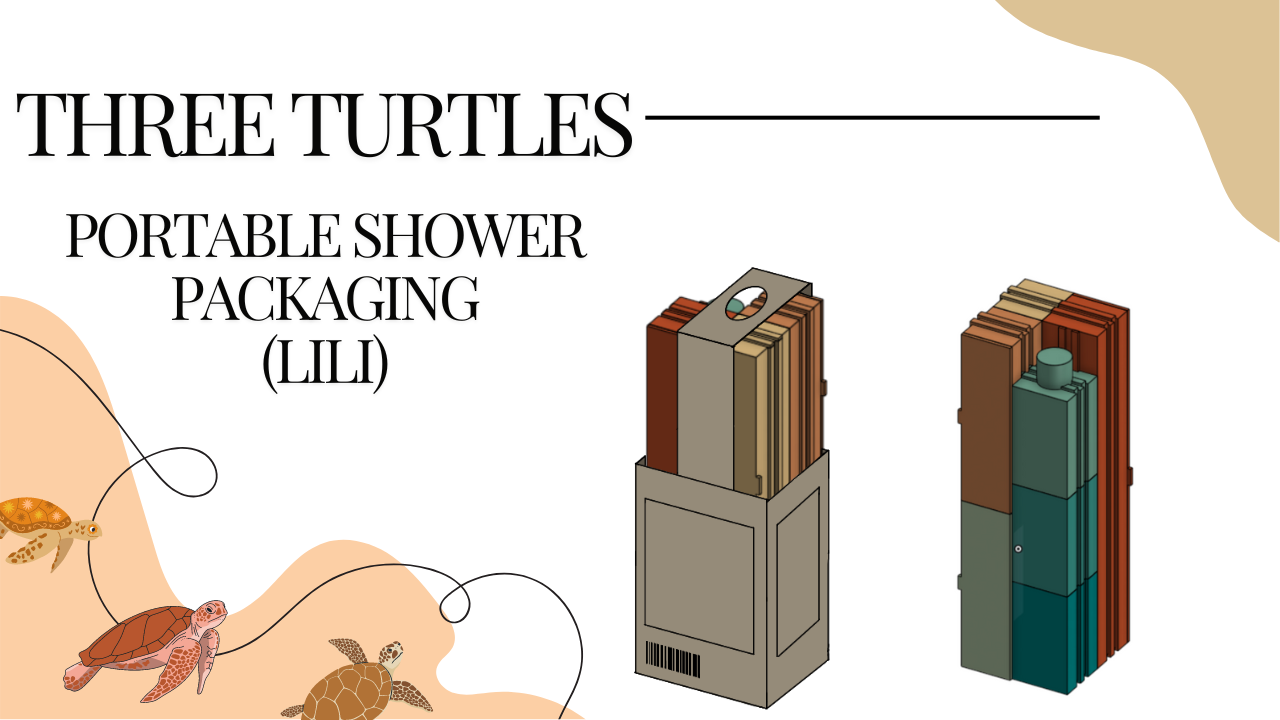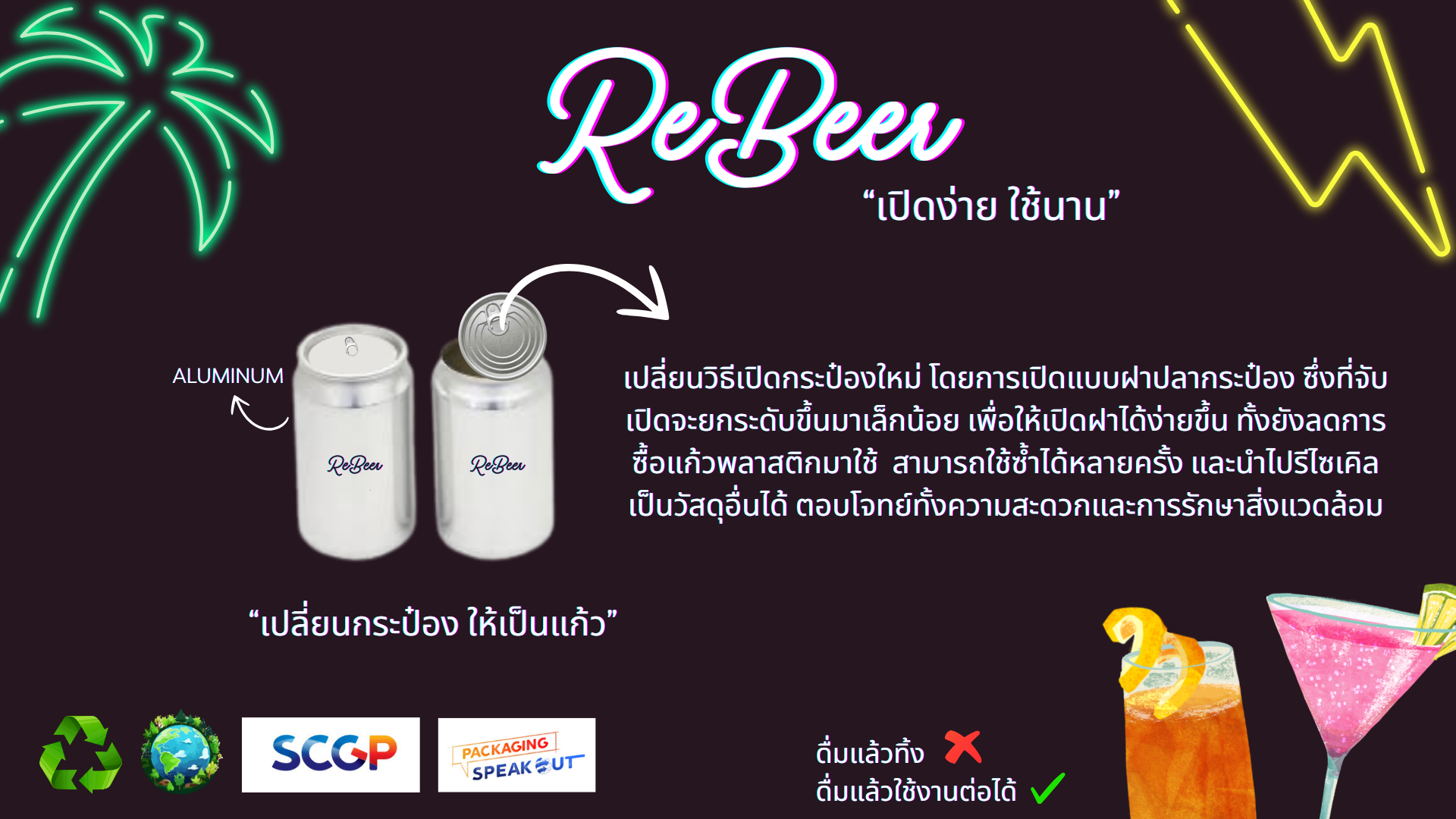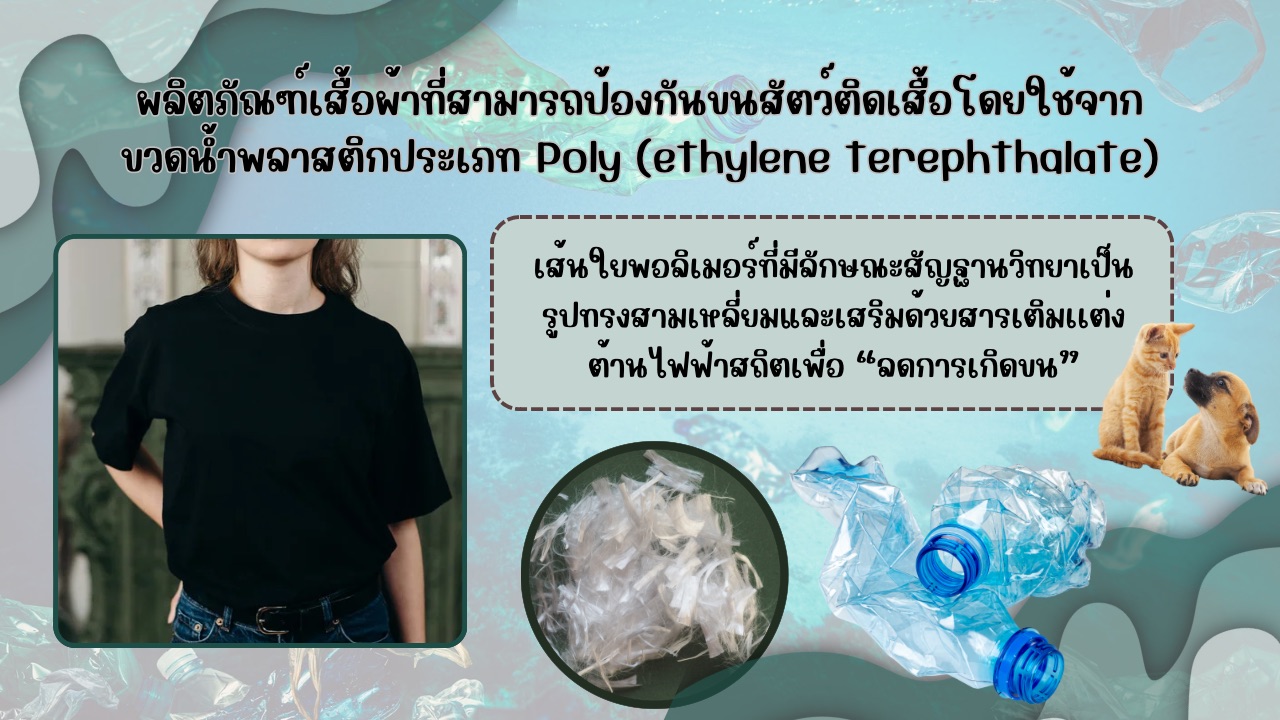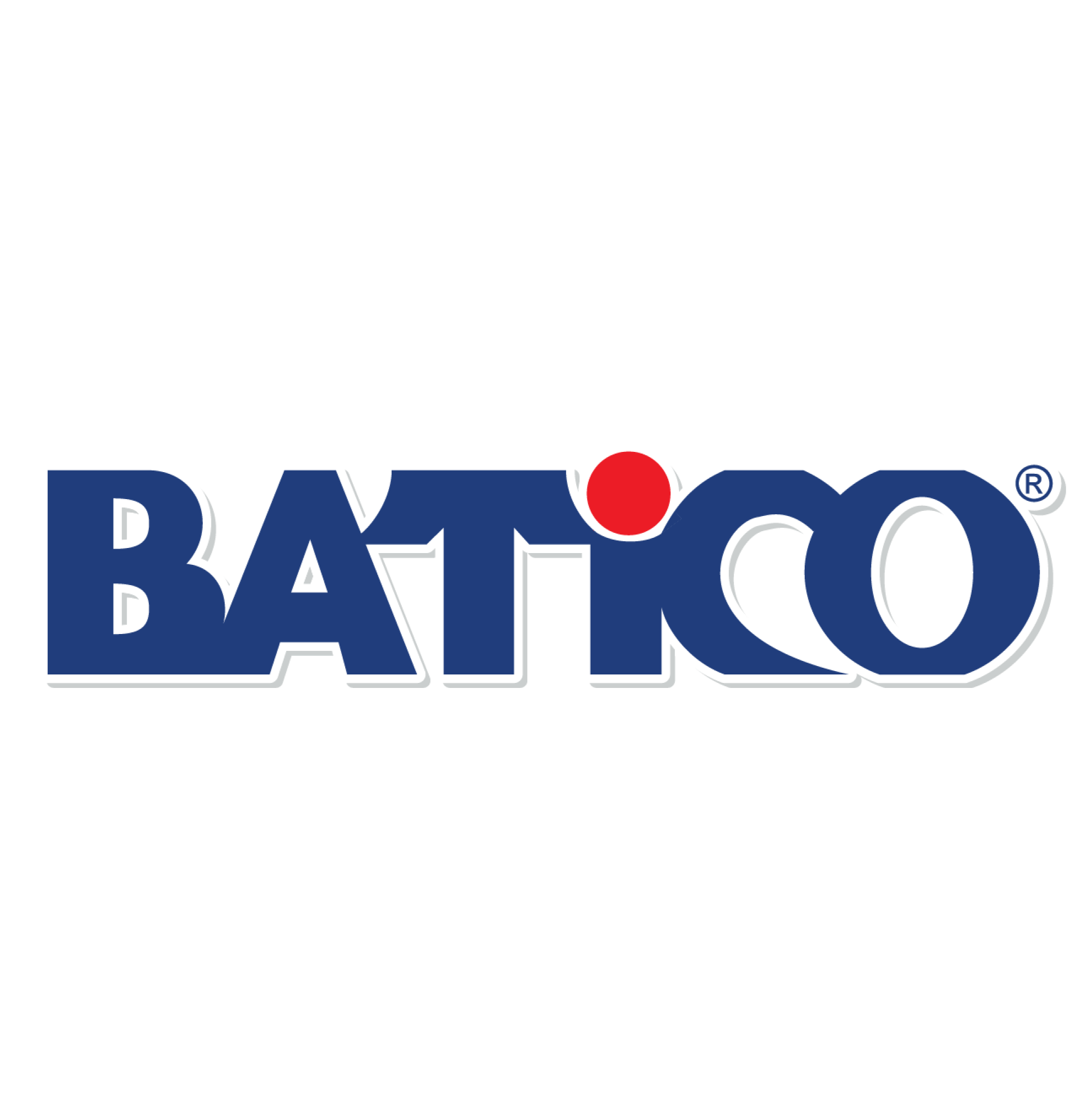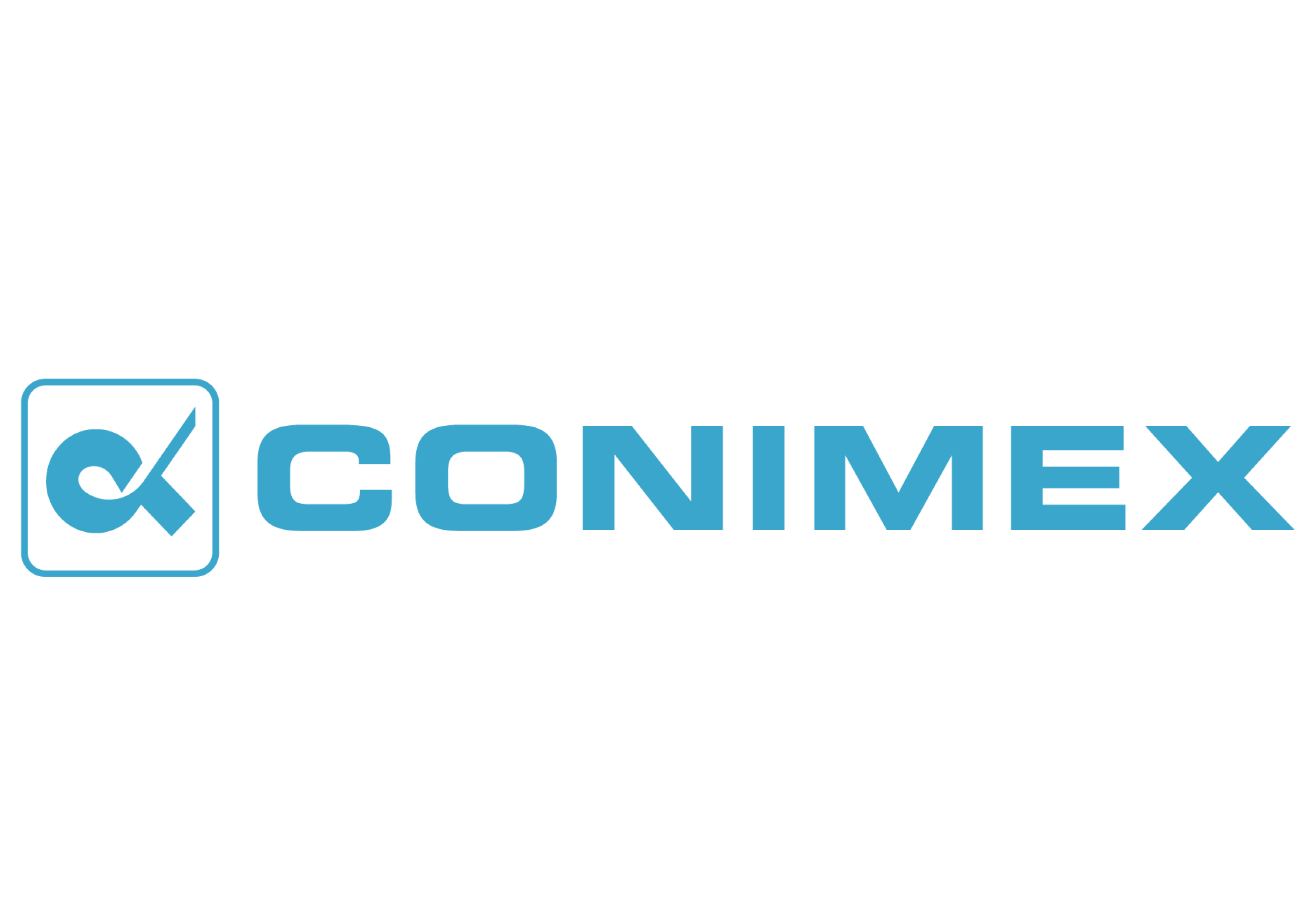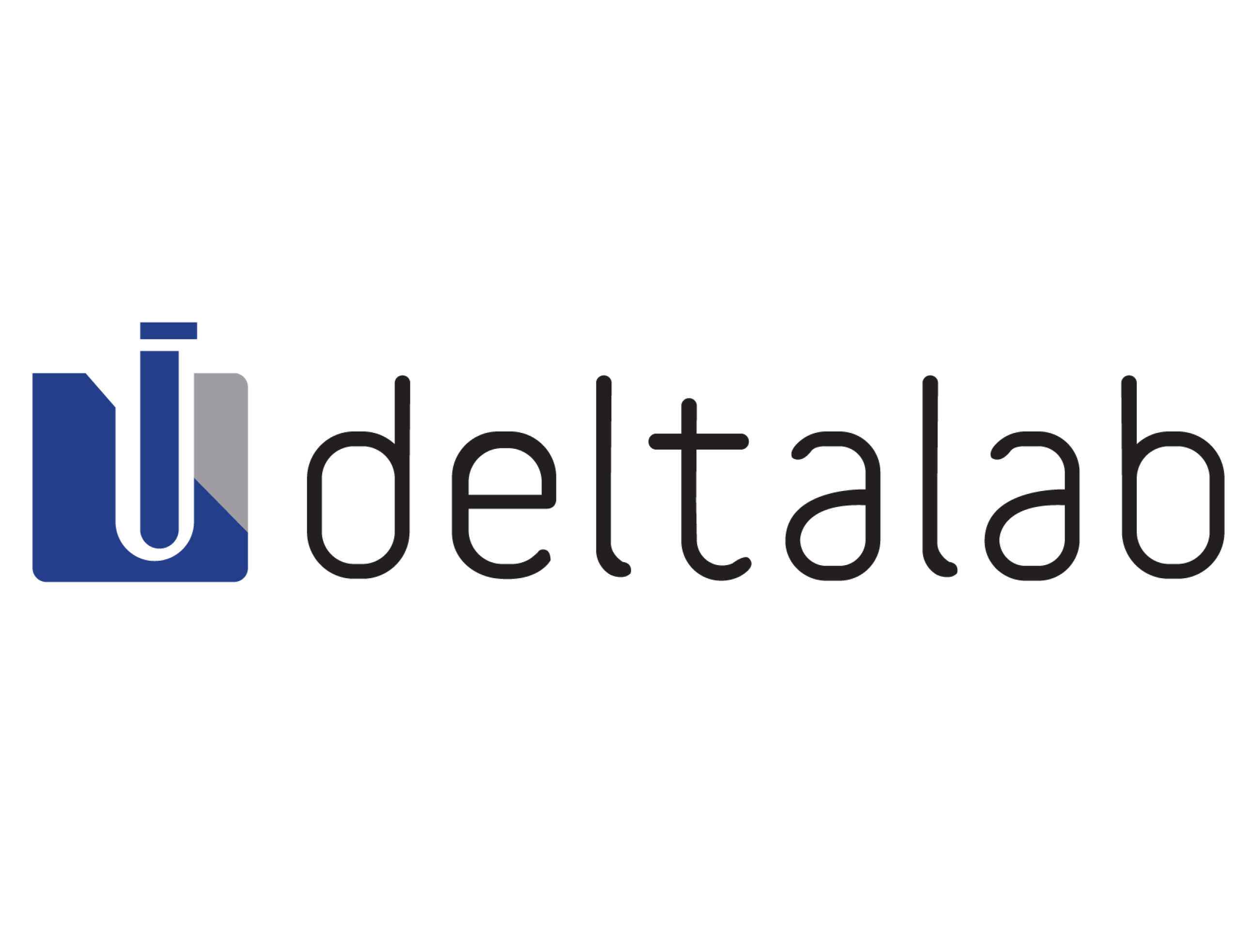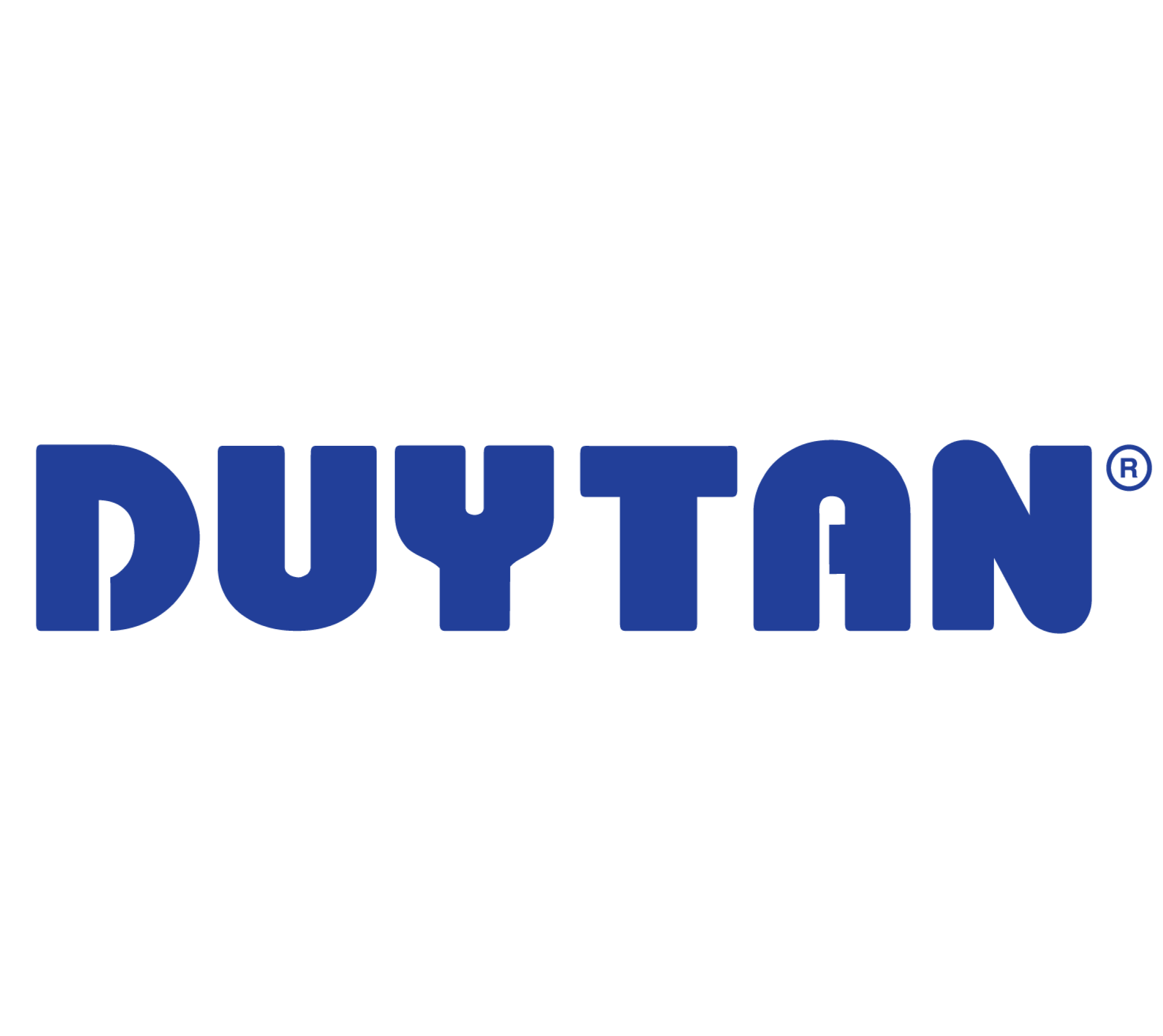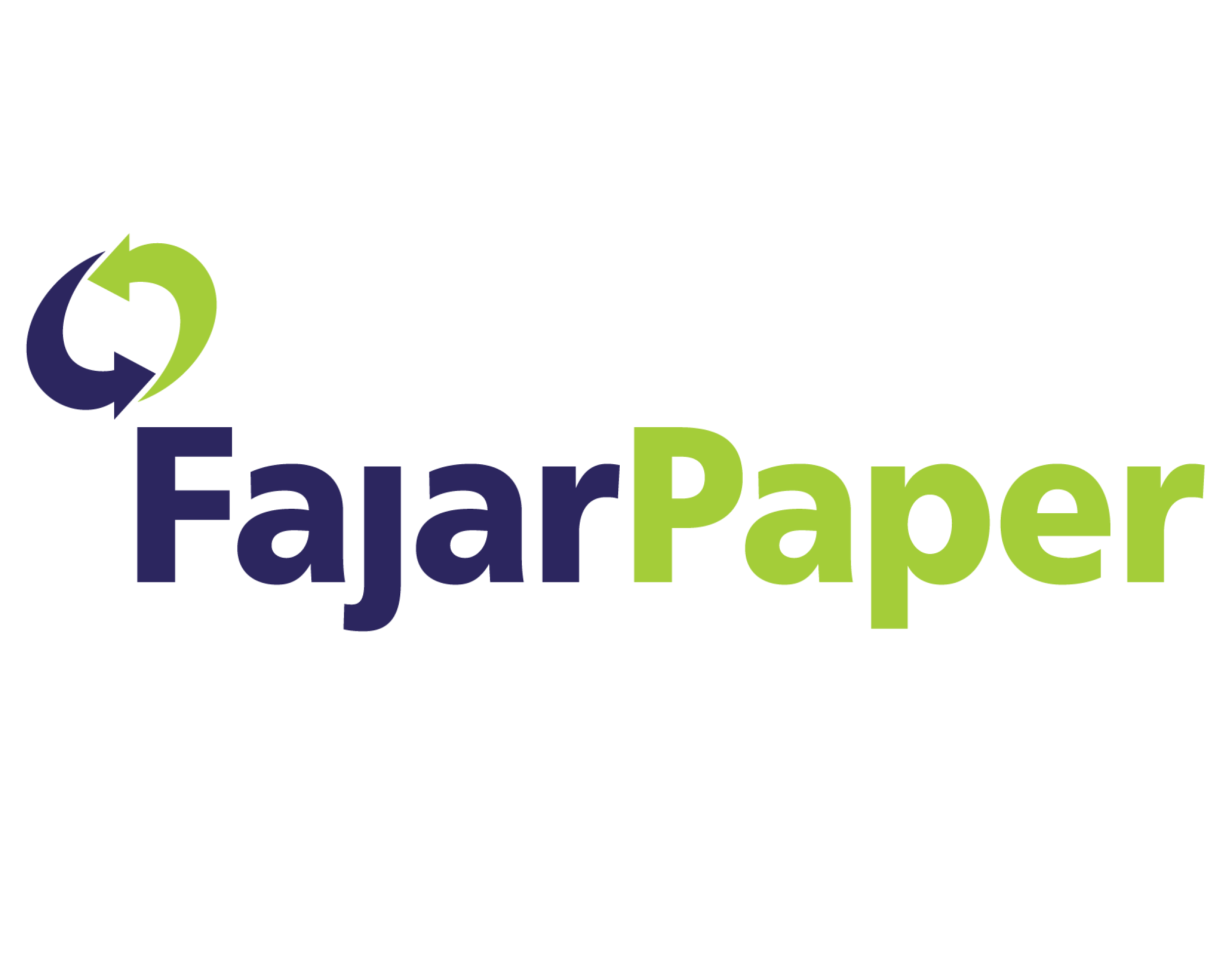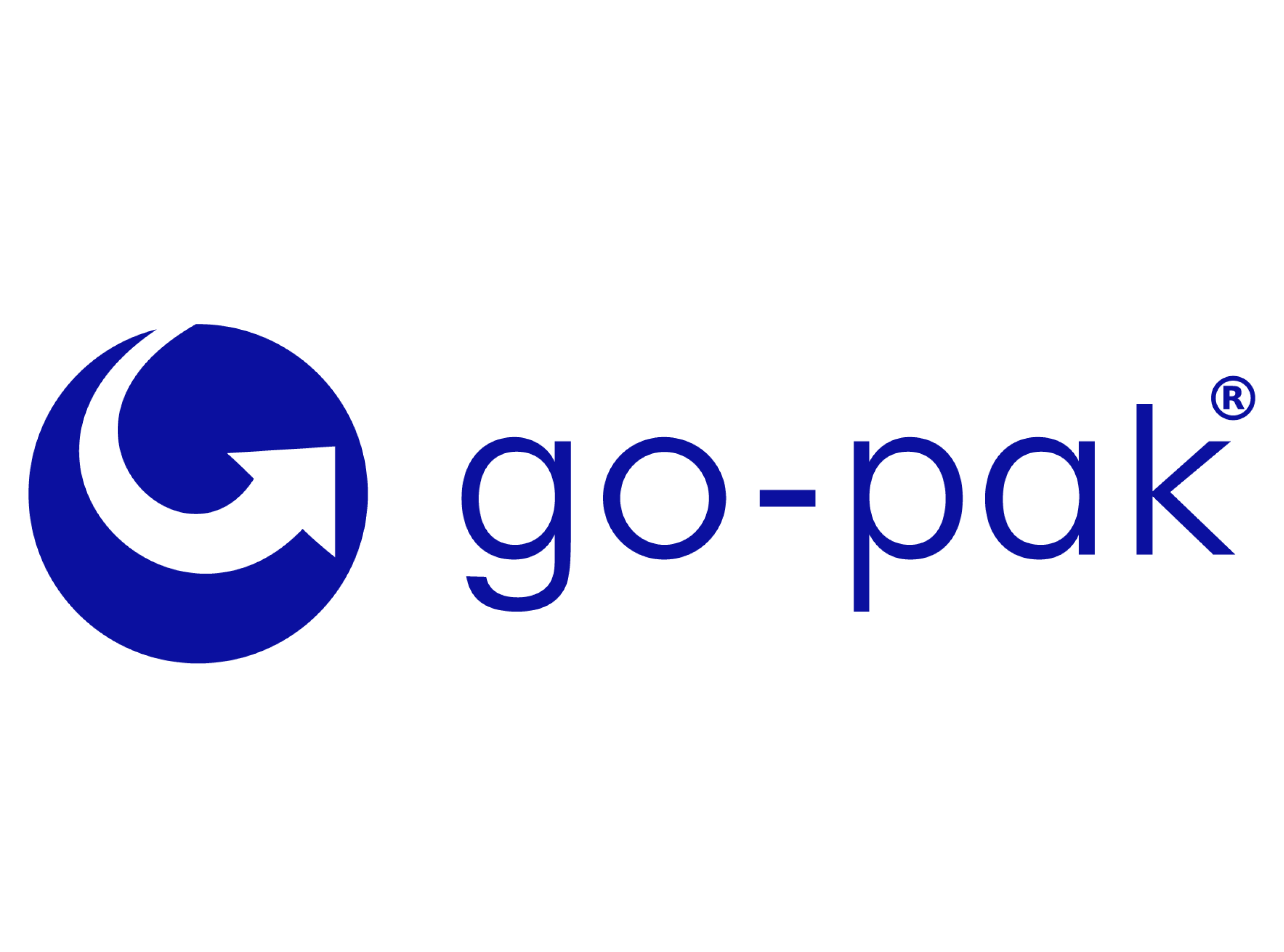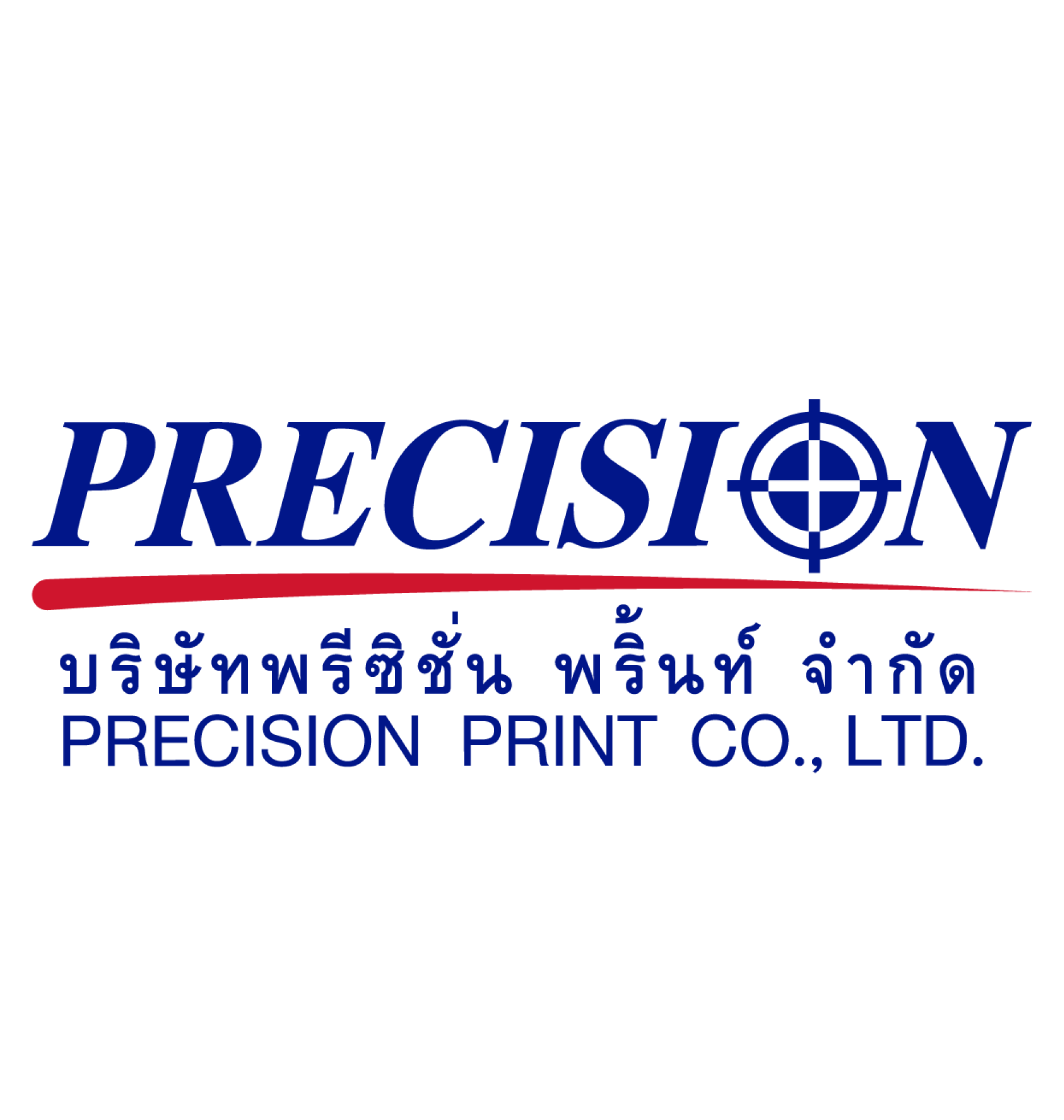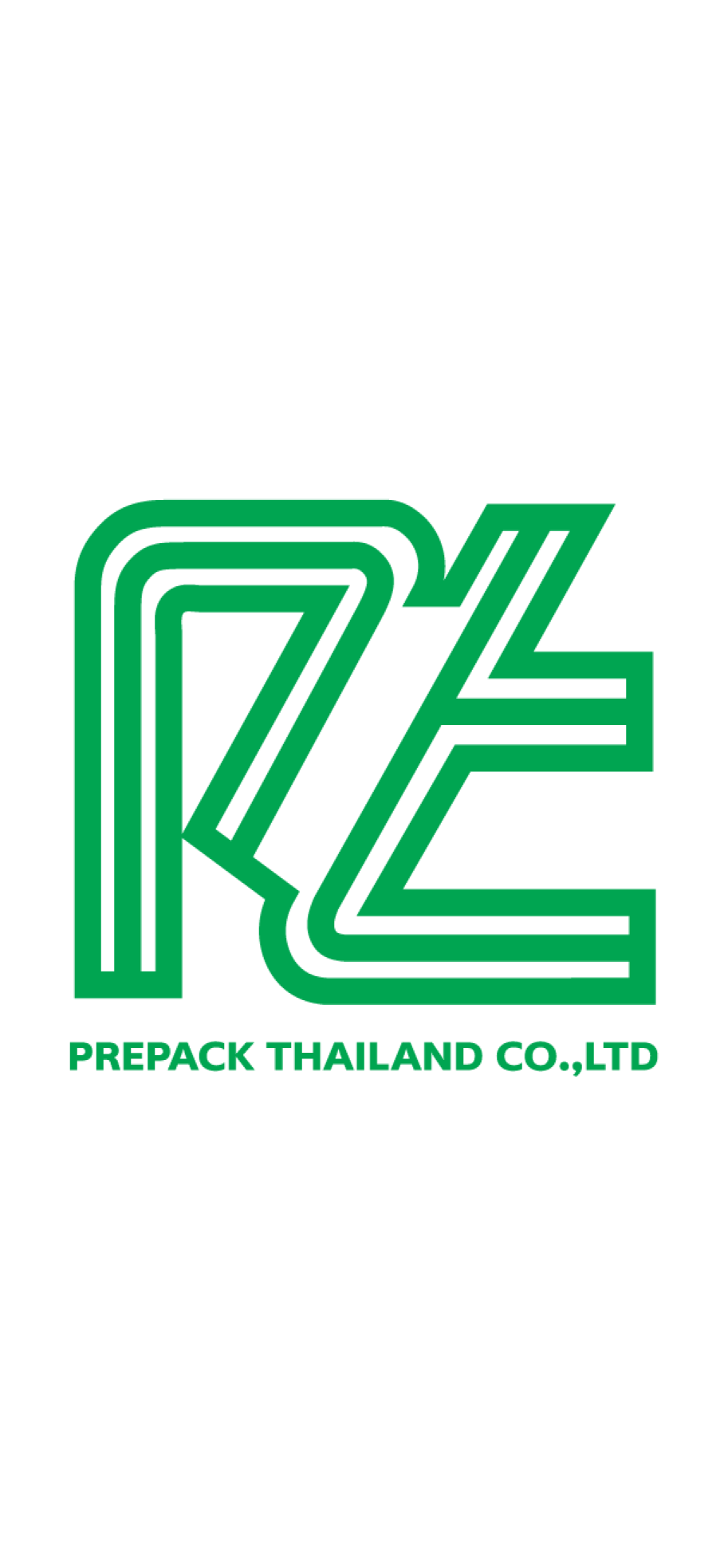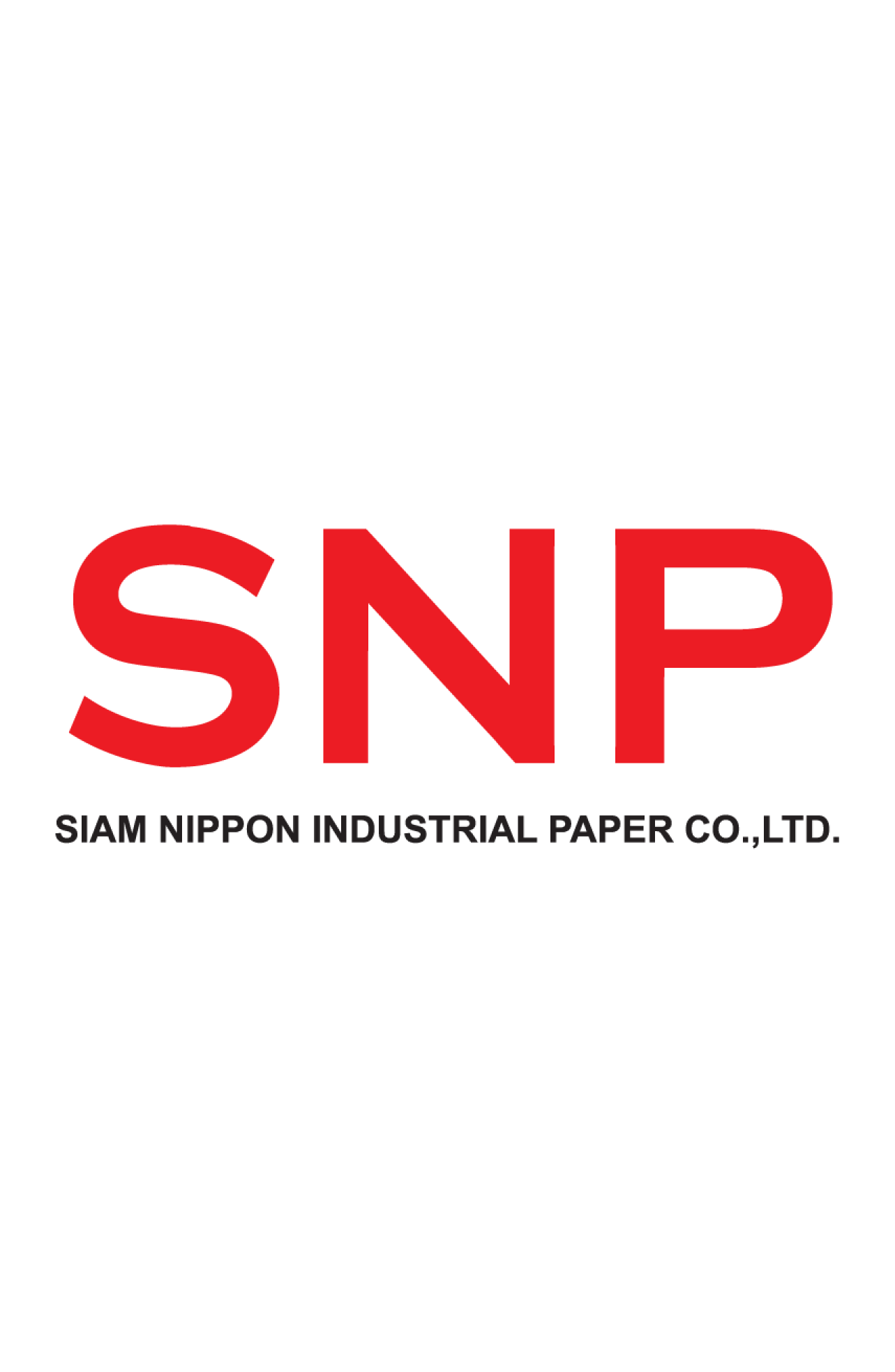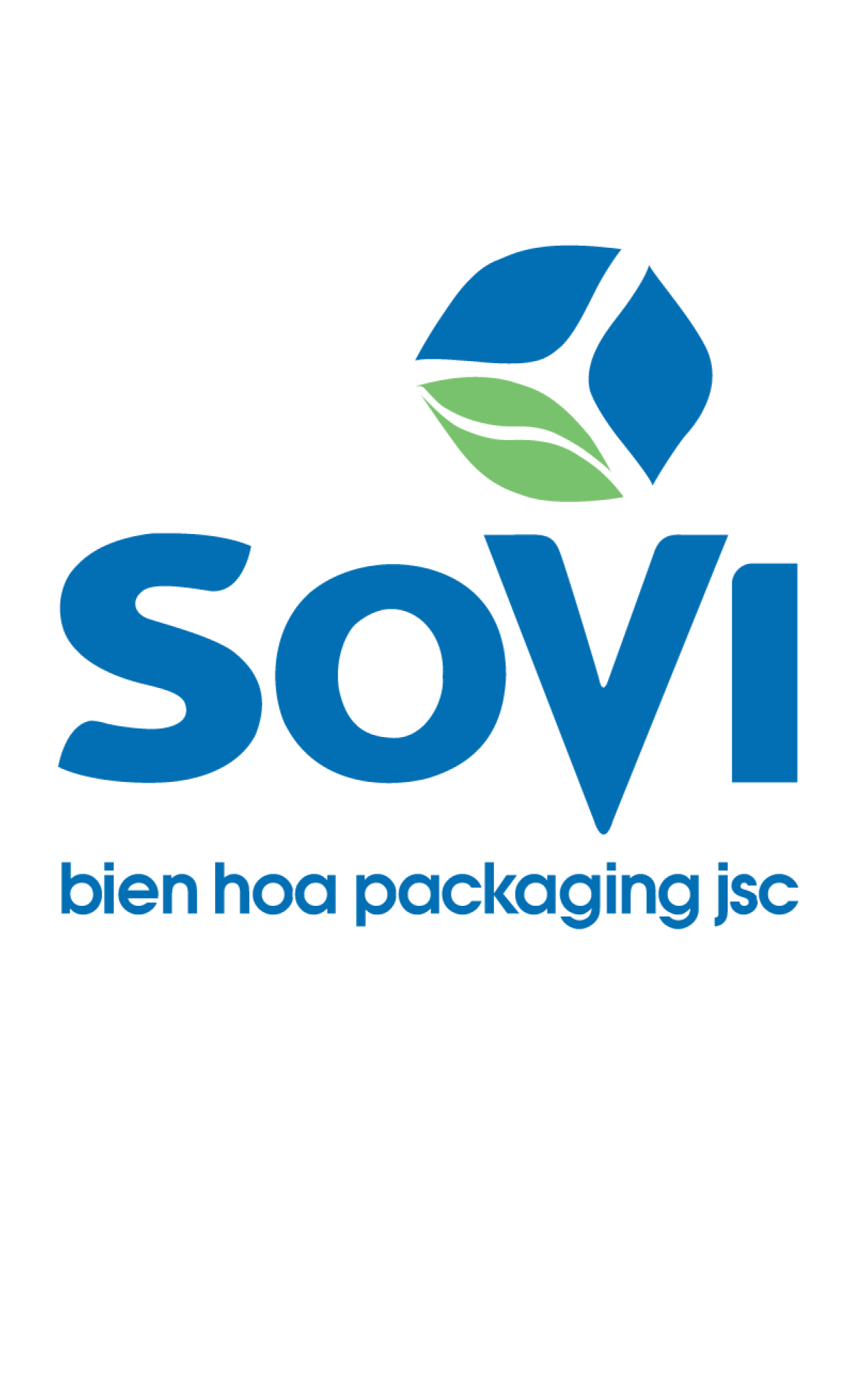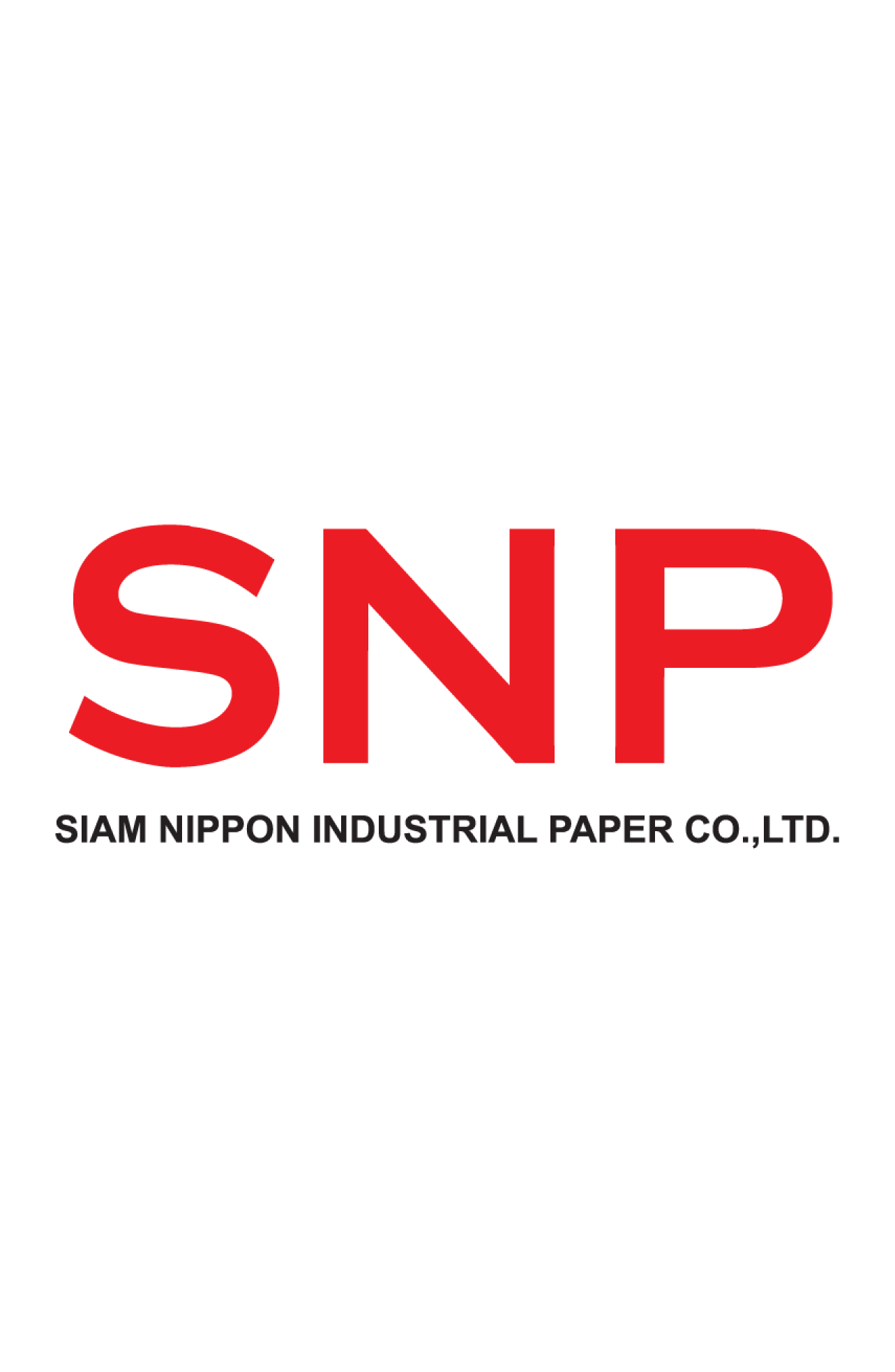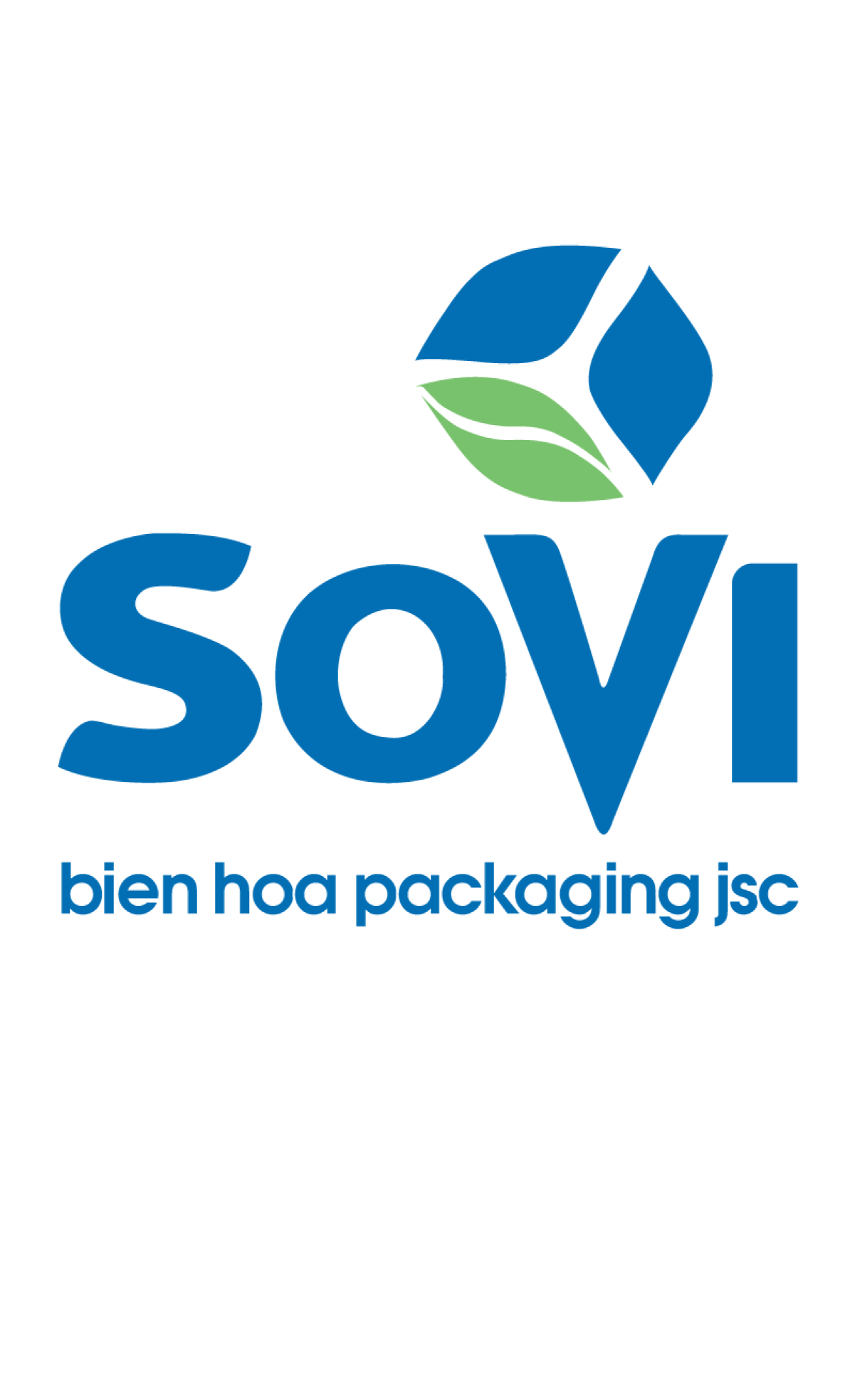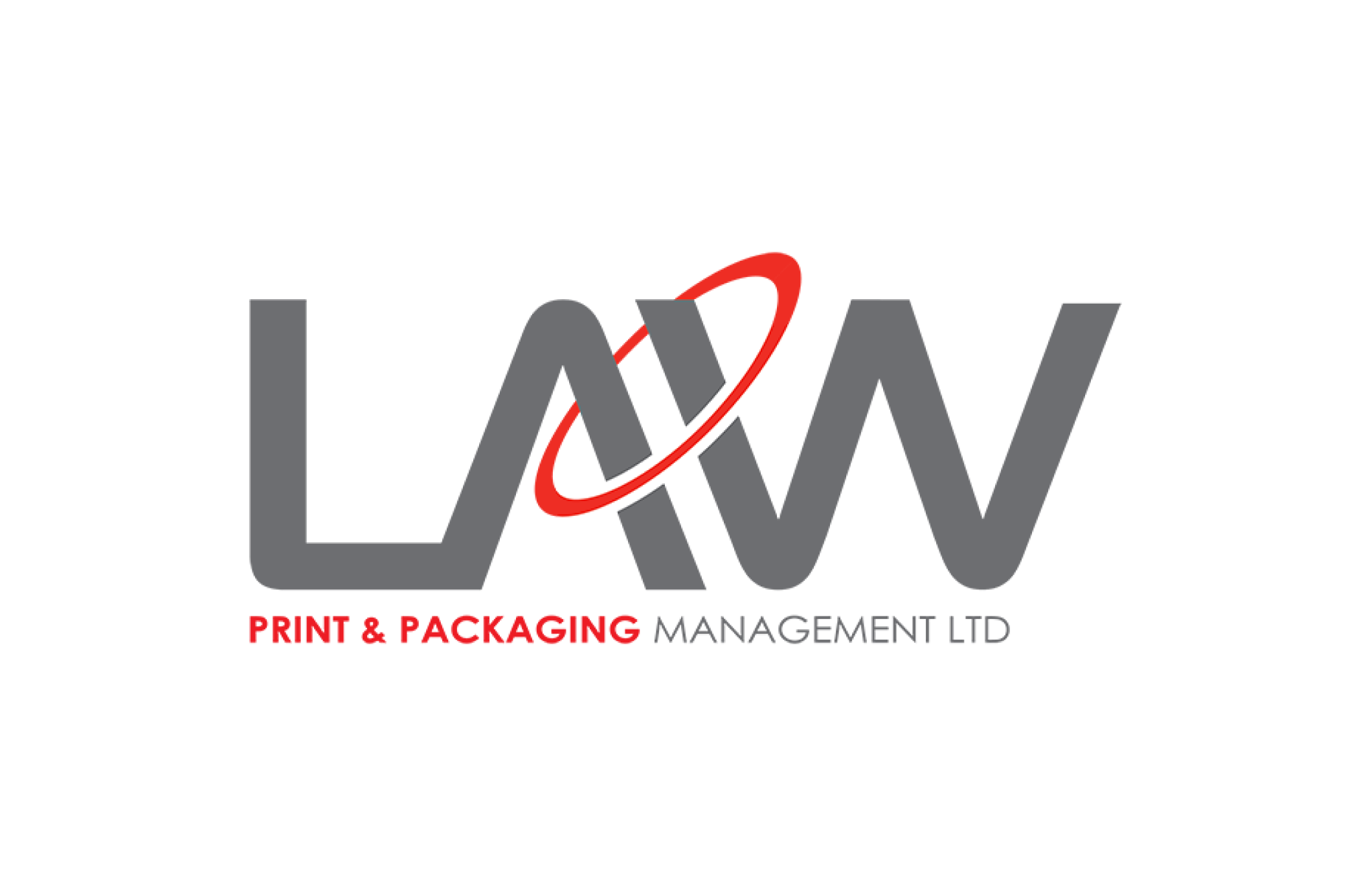Mily eco-friendly instant noodle pack
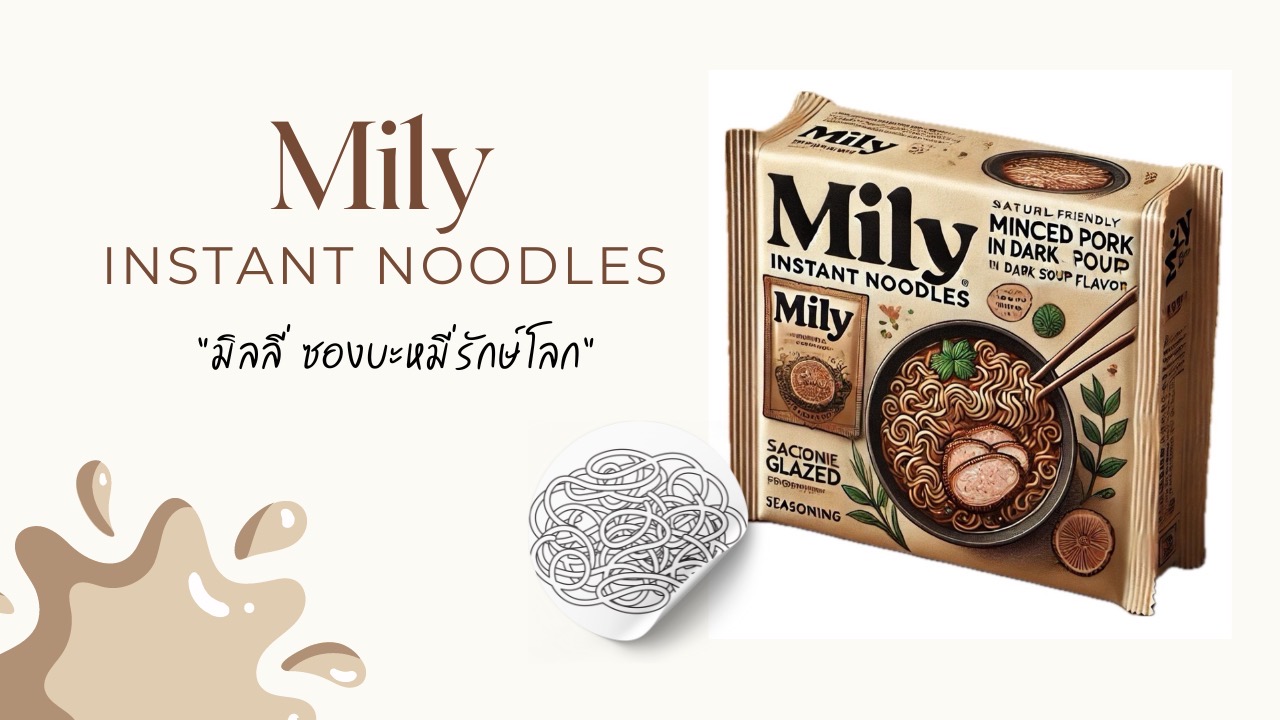
Team : สู้เพื่อแม่
Member
Ms Nalinee Larpmark
Ms Phiraya Detkhampoo
Ms Chutikan Dokjanklang
Brand development plan and product value
Product : Mily eco-friendly instant noodle pack
1. Business Environment Analysis
1.1 Political Analysis
• Laws and policies related to food production and distribution, such as regulations on quality control and food safety, may affect the production process.
• Political instability or changes in government policy might impact business operations or affect investment opportunities.
1.2 Economic Analysis
• Fluctuations in economic factors such as inflation and interest rates can impact production costs and sales prices, thereby affecting profitability.
• Price fluctuations of raw materials used in production can influence production costs and, consequently, profit margins.
1.3 Social and Cultural Analysis
• Consumer preferences and trends related to healthy and sustainable lifestyles can influence product development strategies.
• Increasing consumer awareness of health and the environment can drive demand for healthier products and sustainable production methods.
1.4 Technological Analysis
• Advances in technology in the production and packaging processes can improve product quality and efficiency.
• The use of technology in marketing and customer engagement can enhance competitive advantage.
1.5 Legal Analysis
• Compliance with laws regarding food safety and hygiene standards is essential to prevent legal issues.
• Brand protection laws are necessary to prevent product counterfeiting and ensure brand integrity.
1.6 Environmental Analysis
• Effective waste management and sustainable production practices are crucial to reducing environmental impact.
2. Brand Development Goals
2.1 Raising Awareness of Eco-Friendly Practices
• Educating consumers on the benefits of using eco-friendly packaging can differentiate the brand and appeal to environmentally conscious consumers.
• Highlighting the use of recyclable packaging materials in online marketing to build brand recognition and loyalty.
2.2 Increasing Market Penetration Among Environmentally Conscious Consumers
• Targeting consumers who prioritize eco-friendly products by offering packaging made from sustainable materials and promoting these benefits through marketing channels.
2.3 Differentiating the Brand in the Market
• Establishing the brand as a leader in sustainable packaging with distinctive features like 100% recyclable packaging.
2.4 Expanding into Markets that Support Global Environmental Initiatives
• Entering markets with policies that support sustainable products, by focusing on countries with clear guidelines for environmental product certification and support.
3. Target Group Identification and Insights
3.1 Eco-Conscious Consumers
• This group values products that minimize environmental impact, such as those made from sustainable materials.
• Insight: Consumers in this group prefer products with clear environmental benefits and actively seek brands that align with their values.
3.2 Millennials and Gen Z - Sustainability-Focused
• This group prefers brands that incorporate sustainability in their product lifecycle and materials used.
• Insight: They are drawn to transparent brands and are willing to pay a premium for products that align with their eco-friendly values.
3.3 Innovative Product Seekers
• These consumers are interested in products that incorporate new technologies and innovations.
• Insight: They are attracted to brands that offer unique and innovative solutions, particularly those that also consider environmental impact.
3.4 Health-Conscious Consumers
• This group is concerned about the health implications of the products they consume, favoring products that are both nutritious and environmentally friendly.
• Insight: This segment values transparency and sustainability in product sourcing and production practices, which influences their purchasing decisions.
3.5 Zero Waste Enthusiasts
• Behavior: This group tries to reduce waste generation as much as possible and supports products with packaging that can be reused or composted.
• Insight: Biodegradable gelatin packaging will be a hit with this group because it helps reduce the amount of waste generated from instant noodles, which typically come in single-use plastic packaging.
3.6 General Consumers Becoming Environmentally Aware
• Behavior: This group may not have been very concerned about the environment initially, but they are starting to learn about the impact of plastic waste and its effects on the world. They are starting to change their purchasing behavior to reduce their impact.
• Insight: Providing information about the benefits of eco-friendly gelatin packaging, as well as educating them about the biodegradability of the packaging, will help change their minds and increase their interest in this product.
4. Packaging design for society and the environment, considering brand and product requirements
For the packaging design to support the brand of Mily, a key material to consider is MG paper (Machine Glazed). This material is used for both food contact packaging and non-food contact products due to its environmentally friendly characteristics. The details are as follows:
Part 1 : External packaging that uses MG paper
MG (Machine Glazed) paper is the material that best suits the brand image of Mily due to its following characteristics:
1. Surface gloss and texture
- MG paper has a smooth and glossy surface, suitable for producing high-quality printed images.
- Its glossy finish ensures that packaging looks appealing and high-end.
2. Moisture barrier protection
- MG paper has good moisture resistance, which helps protect the contents from external humidity or other environmental factors. This is essential for maintaining the freshness and quality of food products.
3. Ease of recyclability
- MG paper is easy to recycle and biodegradable, contributing to environmental sustainability. Its recyclability helps reduce the volume of plastic waste in the environment.
4. Suitability for various printing methods
- MG paper can accommodate different printing techniques and colors, allowing for the creation of packaging that is both visually striking and brand-appropriate.
5. Suitable for various types of packaging
- MG paper is versatile, allowing it to be used for packaging a wide range of products, from food items to non-food goods.
6. Additional coating options
- MG paper can be treated with additional coatings to enhance its resistance to moisture and strength, making it more durable and better able to protect the product.
With these properties, MG paper is an ideal material for Mily's packaging needs, emphasizing environmental friendliness and sustainability.
Part 2 : Gelatin-Based Seasoning Packets
Using gelatin-based packets to package seasonings in instant noodles, instead of plastic, is a sustainable and environmentally friendly method because gelatin is naturally biodegradable. Here are the considerations and processes for using gelatin packets:
Properties of Gelatin for Seasoning Packets
1. Biodegradability
• Gelatin is made from animal protein and is naturally biodegradable, helping to reduce plastic waste and mitigate environmental waste issues.
2. Temperature Resistance
• Gelatin can withstand moderate temperatures when stored in normal conditions. However, when exposed to hot water, the gelatin packet can dissolve, making it convenient for use in instant noodles.
3. Food Safety
• Gelatin is safe for consumption. Therefore, even if the packet dissolves in the soup, the seasoning can be consumed without concerns about harmful residues.
Process for Using Gelatin Packets for Seasoning
1. Production of Gelatin Packets
• Gelatin packets can be produced by forming gelatin into thin sheets and then cutting them into suitable sizes for seasoning packaging.
• Additional ingredients, such as strengthening agents, may be added to enhance the durability of the gelatin packets and their resistance to moisture within the instant noodle packaging.
2. Seasoning Packaging
• Seasonings such as soup powder, seasoning oil, or chili can be packed into gelatin packets similarly to traditional plastic packets. These packets should be sealed tightly to prevent moisture or air from seeping in.
3. Consumer Usage
• When consumers open the instant noodle package, the gelatin packet containing the seasoning can be used as usual. Consumers can either tear the packet open or place the entire packet into hot water, allowing the gelatin to dissolve along with the seasonings in the soup.
Considerations
• Moisture Resistance : Gelatin packets should be designed to protect against external moisture; otherwise, premature dissolution may occur before use.
• Heat Resistance During Production : The gelatin packets must be able to withstand the heat used in the noodle and seasoning packaging processes.
• Cost : Using gelatin may incur higher costs compared to plastic. Therefore, product cost considerations may be a factor to address.
Benefits of Gelatin Packets
• Reduced Plastic Usage : Using gelatin helps decrease reliance on single-use plastics, which are a major contributor to marine debris and environmental pollution.
• Preserving Food Quality : Gelatin can effectively maintain the freshness of the seasonings without compromising quality or flavor.
• Natural Degradation : When disposed of in the environment, gelatin packets will biodegrade naturally, reducing the burden on waste management systems.
5. Product Information (Back of Mily Instant Noodles Packaging)
Mily Instant Noodles
Flavor : Black Sauce Minced Pork
Key Ingredients
• Noodles (Wheat Flour, Palm Oil, Salt)
• Seasoning Powder (Sugar, Salt, Pepper, Garlic)
• Seasoning Oil (Vegetable Oil, Dark Soy Sauce, Garlic)
• Dried Pork Meat 5%
• Natural Flavoring Agents
• Packaging made from MG Paper, and the seasoning packet is made from biodegradable natural gelatin.
Nutrition Information (Per Packet, 70g)
• Energy: 320 kcal
• Total Fat: 12g (18% DV)
• Saturated Fat: 5g (25% DV)
• Sodium: 900mg (38% DV)
• Total Carbohydrates: 45g (15% DV)
• Dietary Fiber: 2g (8% DV)
• Sugars: 2g
• Protein: 7g
• Vitamin A: 0% DV
• Vitamin C: 2% DV
• Iron: 8% DV
Percent Daily Values are based on a 2,000-calorie diet.
Cooking Instructions
1. Remove the noodles and seasoning packets from the package.
2. Boil 350 ml of water until it reaches a rolling boil.
3. Add the noodles and cook for 3-4 minutes until tender.
4. Add the seasoning powder and seasoning oil to a bowl.
5. Pour the hot water and noodles into the bowl, stir well, and serve.
Note: The gelatin packet is safe to dissolve in hot water and is edible.
Storage Instructions:
• Store in a cool, dry place, away from direct sunlight.
Note:
This packaging is eco-friendly, made from 100% biodegradable materials, helping to reduce plastic usage.
Production Information:
• Manufactured and Distributed by: Mily Foods Co., Ltd.
• Address: XXX
• Manufacturing Date (MFD): [Specify Date]
• Expiration Date (EXP): [Specify Date]
Contact Information:
• Customer Service: 02-xxx-xxxx
• Website: www.milyfoods.com
• Facebook: MilyFoods
• LINE: @MilyFoods
6. Cost Calculation and Pricing per Unit
Factors to Consider
1. Raw Material Costs (Noodles and Seasoning):
• Ingredients for noodles.
• Seasoning (soup powder, oil, various condiments).
2. Packaging Costs:
• Noodle packet (MG paper): MG paper is slightly more expensive than plastic as it is biodegradable and environmentally friendly.
• Seasoning packet (gelatin): Gelatin packets have a higher cost compared to regular plastic packets.
• Costs for packaging design and printing.
3. Production Costs:
• Costs associated with producing instant noodles (e.g., machinery, labor).
4. Transportation and Distribution Costs:
• Shipping costs from the factory to retail stores.
• Distribution costs through agents.
5. Marketing and Advertising Costs:
• Marketing expenses for promoting the new product.
• Advertising costs across various media.
6. Taxes and Fees:
• Value Added Tax (VAT).
• Distribution fees for selling in retail stores.
7. Desired Profit Margin (Markup):
• The desired profit margin must be considered in relation to the total cost to set a competitive selling price while ensuring profitability.
Assumed Cost Figures for Calculation
• Noodles and seasoning ingredients: 3 THB
• MG paper packaging: 1.5 THB
• Gelatin seasoning packet: 1.0 THB
• Labor and production costs: 2.0 THB
• Marketing and advertising costs: 1.0 THB
• Transportation and distribution costs: 1.5 THB
• Taxes and fees: 7% of the final product price
Preliminary Calculation
Total cost per packet = Raw materials + Packaging + Labor + Marketing + Transportation
= 3 + 1.5 + 1.0 + 2.0 + 1.0 + 1.5
= 10 THB
Desired Profit
Generally, manufacturers aim for a profit margin of around 30-50%, depending on the market and competition. Assuming a desired profit of 40%, the selling price will be:
Selling price (excluding tax) = Total cost + Profit
= 10 THB + (10 THB * 0.40)
= 10 THB + 4 THB
= 14 THB
Tax Calculation (VAT)
VAT 7% = 14 THB * 0.07
= 0.98 THB
Final Retail Price per Packet
Selling price including tax = 14 THB + 0.98 THB
= 14.98 THB
Therefore, the recommended retail price per packet of Mily instant noodles, made from eco-friendly materials and featuring a gelatin seasoning packet, should be approximately 15 THB per packet.
7. Marketing Activities and Brand Development through Packaging
The development of marketing activities and brand identity for instant noodles using eco-friendly packaging made from gelatin and paper bags includes the following:
7.1) Brand Awareness Campaigns
• Sustainability-focused Advertising Campaigns: Create campaigns highlighting the use of eco-friendly gelatin packaging, a new innovation to reduce plastic waste and support environmental conservation. Promote these campaigns through various channels such as social media and online videos.
• Collaboration with Environmental Influencers: Partner with influencers or public figures focused on environmental conservation to promote the eco-friendly packaging. This approach helps the brand reach environmentally conscious consumers more effectively.
7.2) Packaging Development for Brand Identity
• Design Reflecting Environmental Responsibility: The packaging should convey an image of cleanliness and modernity, using colors and graphics that represent nature, such as green, brown, and nature-inspired patterns that emphasize environmental friendliness.
• Clear Labeling Information: Include information on the packaging about the benefits of biodegradable gelatin and proper waste disposal methods to educate consumers on the importance of using this product.
• Partially Transparent Packaging: Use packaging with transparent sections to showcase the contents inside, allowing consumers to see the quality of the food and build trust in the product.
7.3) Digital Marketing
• Social Media Campaigns: Create content focusing on environmental conservation, such as sharing information about reducing plastic waste or the biodegradability of gelatin packaging, and providing tips on choosing eco-friendly products.
• Native Advertising: Create advertisements that blend seamlessly with content consumers are already interested in, such as articles on nature conservation or reviews of eco-friendly products.
7.4) Engagement Marketing
• Customer Participation Campaigns: Organize campaigns that encourage consumer participation, such as submitting ideas for reducing daily waste with rewards for the best ideas, or having consumers share photos of using eco-friendly packaging and their experiences, with prizes for participants.
• Membership Program: Implement a loyalty program where customers earn points for purchasing instant noodles with gelatin packaging, offering discounts or exclusive privileges for continuous purchases to encourage repeat usage.
7.5) Partnerships with Environmental Organizations
• “Buy One, Give One” Campaign: For every purchase of instant noodles with gelatin packaging, the company will donate money or products to support environmental projects such as reforestation or beach clean-up initiatives.
7.6) In-store Marketing
• Free Sampling: Distribute free samples of the instant noodles at supermarkets or eco-friendly retail stores to allow consumers to try the product and appreciate its value.
8. Marketing and Brand Performance Measurement
8.1) Brand Awareness & Reach
Key Metrics :
• Number of individuals who have seen or are aware of the brand (through advertisements, online campaigns, social media, etc.).
• Brand Recognition Rate or the ability of consumers to recall the brand name.
Measurement Tools :
• Surveys.
• Web analytics tools such as Google Analytics.
• Social media analytics tools like Facebook Insights and Instagram Insights to assess brand reach and awareness.
8.2) Consumer Engagement
Key Metrics :
• Number of likes, shares, and comments on social media.
• Number of reviews and mentions of the brand across different platforms.
Measurement Tools :
• Social media analytics tools like Hootsuite or Sprout Social.
• Monitoring reviews on product ranking websites.
8.3) Brand Loyalty
Key Metrics :
• Repeat Purchase Rate.
• Customer Satisfaction Score.
• Net Promoter Score (NPS) to measure loyalty and likelihood of recommending the brand.
Measurement Tools :
• Post-purchase or product usage surveys.
• Loyalty programs or membership cards to track repeat purchases.
8.4) Awareness of Sustainability and Eco-friendly Packaging
Key Metrics :
• Consumer awareness of the environmental friendliness of the packaging.
• Consumer feedback regarding eco-friendly packaging.
• Frequency of discussions and mentions related to environmental products.
Measurement Tools :
• Surveys or questionnaires assessing consumer attitudes towards eco-friendly packaging.
• Social media analysis to track conversations and mentions related to the product.
8.5) Brand Positioning Evaluation
Key Metrics :
• Comparison with competitor brands in terms of image and unique selling points.
• Consumer perception of brand differentiation.
Measurement Tools :
• Consumer surveys focused on brand perception.
• Market analysis and competitor benchmarking.

